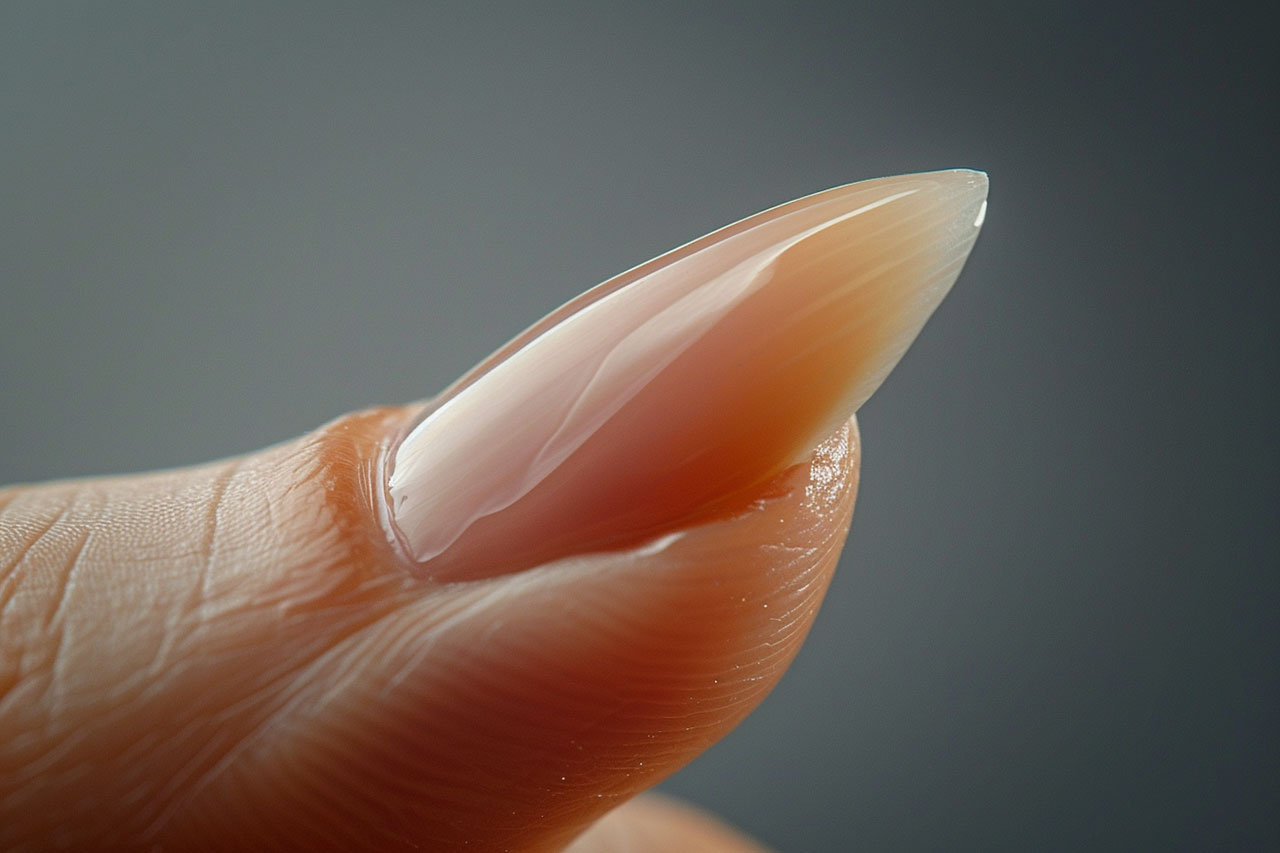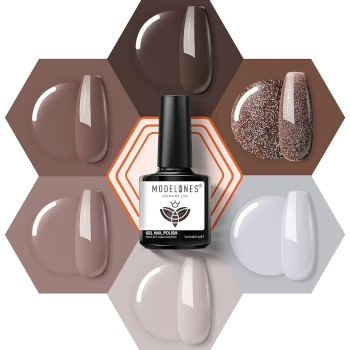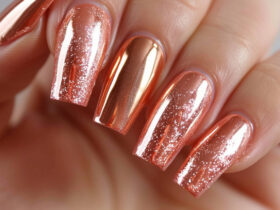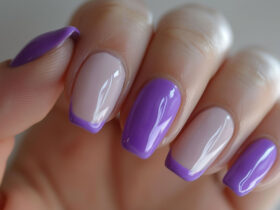Nails are not just a canvas for polish; they are complex structures that play a crucial role in protecting our fingertips and aiding in delicate tasks. Understanding the anatomy of nails is essential for maintaining their health and addressing any issues that may arise. In this beginner’s guide, we’ll delve into the intricacies of nail anatomy, helping you develop a deeper appreciation for your nails and how to care for them effectively.
Nail Plate: The Visible Surface:
- The nail plate is the visible part of the nail and consists of translucent keratin protein. It is the part of the nail that we paint and decorate with polish.
Cuticle: Nature’s Sealant:
- The cuticle is a thin layer of skin that covers the base of the nail plate and protects the matrix, where nail growth occurs. It acts as a natural sealant, preventing bacteria and fungi from entering the nail bed.
Nail Bed: The Foundation:
- The nail bed is the area beneath the nail plate where new cells are produced, pushing older cells outward, resulting in nail growth. It is rich in blood vessels, giving nails their pinkish hue.
Matrix: The Growth Center:
- The matrix is the hidden portion of the nail beneath the cuticle, where nail cells are produced. Healthy nail growth relies on the proper functioning of the matrix.
Lunula: The Moon-shaped Mark:
- The lunula, commonly known as the “half-moon,” is a pale, crescent-shaped area visible at the base of the nail. It represents the edge of the matrix and is most prominent on the thumb.
Nail Folds: Protecting the Nail:
- Nail folds are the skin that surrounds the nail plate on three sides. They help anchor the nail in place and protect it from trauma and infection.
Hyponychium: Sealing the Nail Bed:
- The hyponychium is the area of thickened skin located beneath the free edge of the nail. It forms a protective barrier, sealing the nail bed from external pathogens.
Understanding the anatomy of nails provides valuable insight into their structure and function. By knowing the different components of nails, you can better appreciate the importance of proper nail care and hygiene practices.
Tips for Maintaining Healthy Nails:
- Keep Nails Clean and Dry: Regularly wash your hands and dry them thoroughly to prevent bacterial and fungal growth.
- Moisturize: Apply moisturizer to your nails and cuticles to keep them hydrated and supple.
- Trim and File: Trim nails straight across and file them gently to prevent snagging and breakage.
- Protect Your Nails: Wear gloves when engaging in activities that may damage your nails, such as gardening or cleaning.
- Avoid Harsh Chemicals: Limit exposure to harsh chemicals found in nail polish removers and other nail products.
Understanding nail anatomy is the first step toward maintaining healthy, beautiful nails. By familiarizing yourself with the various components of nails and implementing proper nail care practices, you can keep your nails strong, resilient, and free from common problems. Whether you’re a nail care enthusiast or simply looking to improve the health of your nails, knowledge of nail anatomy empowers you to take better care of this often-overlooked part of your body.













